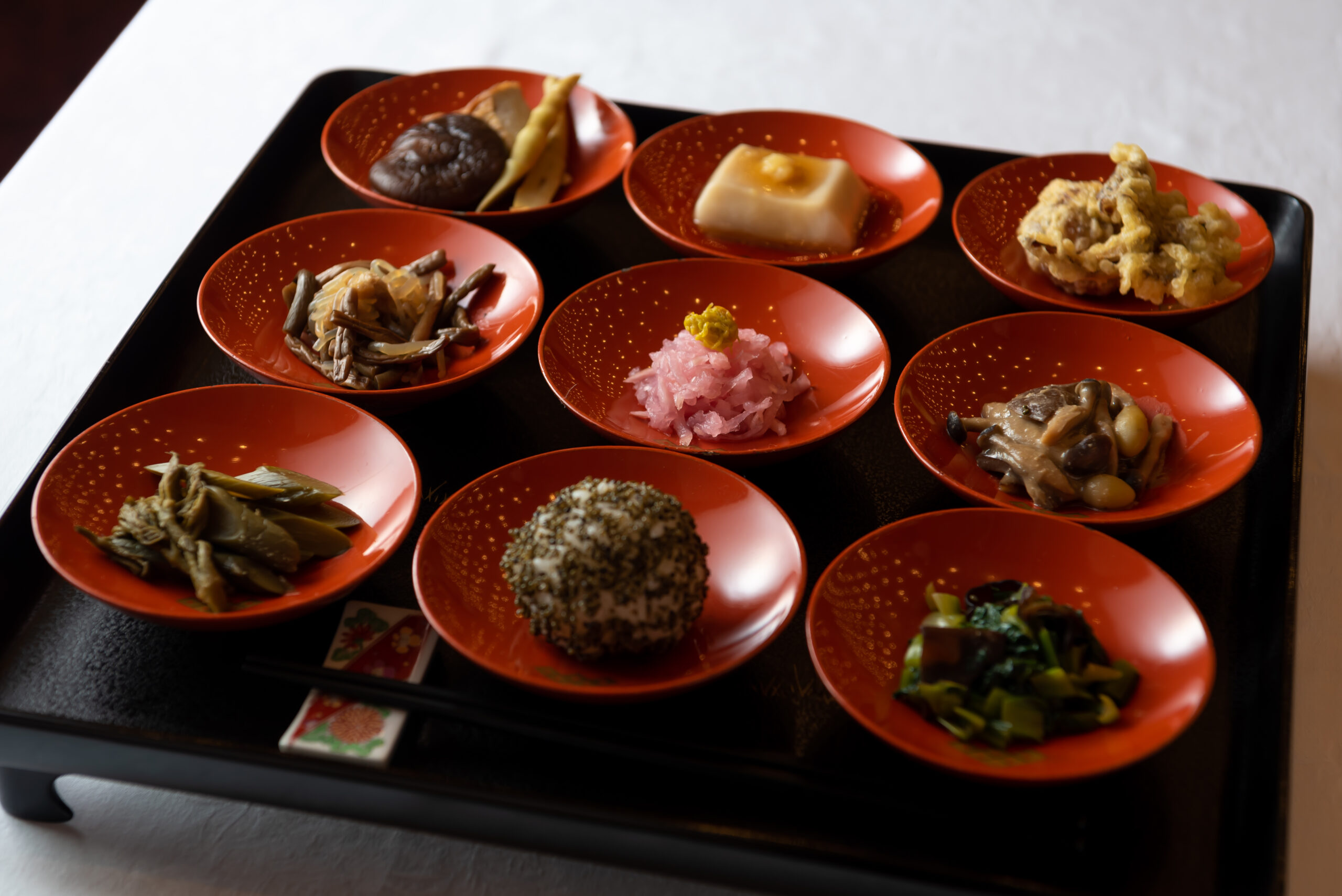
Report on the Tsuruoka Gastronomy Tourism Workshop Held on November 13, 2023.
“Discovering the value of Shojin Ryori, but how to convey it is a future challenge.”
In Tsuruoka City, the first UNESCO Creative City of Gastronomy in Japan, the catchphrase “Pilgrimage, Onsen, Gastronomy” has been used to welcome tourists, bundling together unique tourism resources. Among them, the Shojin Rryori of Dewa Sanzan, spanning both “Pilgrimage” and “Gastronomy,” is a significant local attraction and boasts enduring popularity even among foreign visitors to Japan. While the history, culinary techniques, and organization of ingredients have already been established, and efforts have been made to preserve tradition, the city aims to strengthen its reception system as a tourism resource. To achieve this, they set the goal of “culinary diversity” and organized a lecture titled “Tsuruoka Gastronomy Tourism: Exploring Dewa Sanzan Shojin Ryori” and a training session on the marriage of Shojin Ryori and Japanese sake, held on November 13, 2023, at the Tokyo Daiichi Hotel Tsuruoka in the city center.
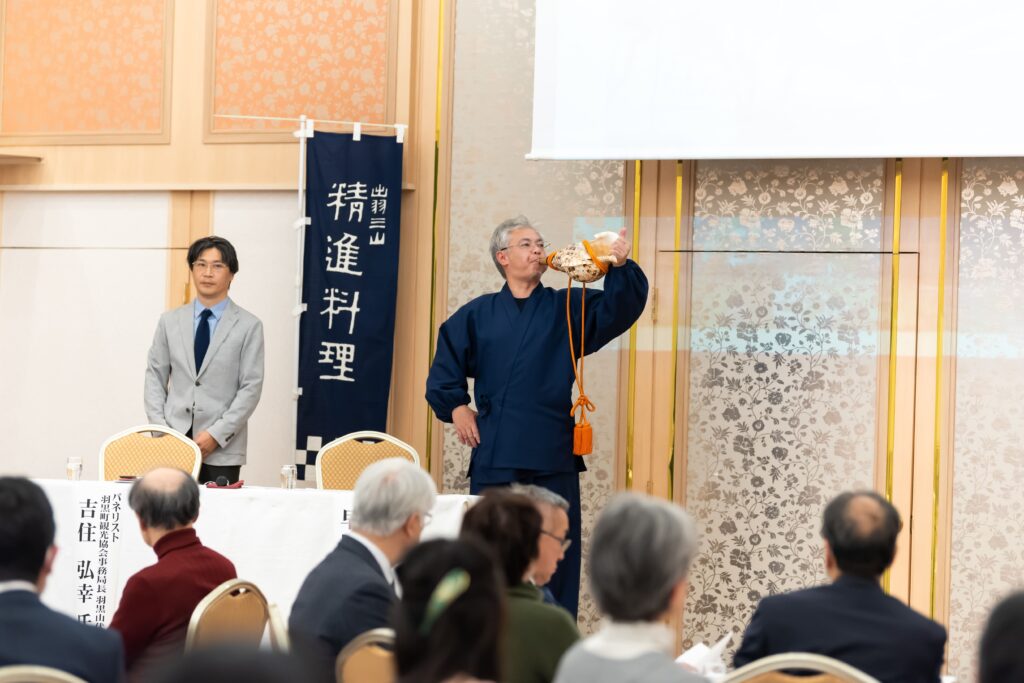
The first part of the event, which began with the sound of a conch shell, featured Akira Toki, the facilitator, who runs the Tamonkan, formerly a Shukubo (Shinto Lodging), in the Touge district that has welcomed believers for centuries. He was joined by Kazuhiro Hayasaka, a monk of Daishinbo Shukubo and a Haguro Yamabushi, and Hiroyuki Yoshizumi, the director of the Ideha Museum and also a Haguro Yamabushi. The three speakers, who had initiated the “Shojin Ryori Project” twelve years ago in response to the declining number of believers, explained to the participants that Shojin Ryori is a form of ascetic practice involving the consumption of food offered to mountain deities. They showcased their efforts in spreading this culinary tradition, not only domestically but also to international educational institutions such as the University of Gastronomic Sciences in Italy. The results of their diligent work have contributed to establishing the image of “Shojin Ryori when you think of Dewa Sanzan” among travel agencies, leading to an increase in travelers staying at Shukubo. Concerning foreign visitors to Japan, survey results presented by Mr. Yoshizumi revealed a fascination with the spiritual aspect, attracting travelers from the United States, France, Spain, and other Western countries.
※Yamabushi are practitioners of Shugendō.
https://tsuruokakanko.com/lp/en/yamabushi/
Looking ahead, the three speakers proposed collaborating with local residents, such as farmers, to share the region’s unique culture and set targets to attract more visitors to Tsuruoka. They suggested that promoting spiritual and cultural aspects could ultimately lead to the development of gastronomy tourism. Feedback from the 86 participants, including tourism operators and foreign residents, indicated a renewed appreciation for regional culture, with comments such as “I learned about the background of Shojin Ryori” and “It adds to the charm of Tsuruoka.” Suggestions were also made about the combination of activities like mountain hiking or climbing, harvesting experiences, and the role of food in attracting visitors.
However, there were differing opinions on accommodating vegetarians. While some participants acknowledged the compatibility of Shojin Ryori with vegetarian menus, others insisted on preserving tradition without making special accommodations. Recognizing the diversity of perceptions within the community, the importance of accurately and engagingly communicating the information that Shojin Ryori in Dewa Sanzan is deeply rooted in spiritual culture emerged as a key challenge.
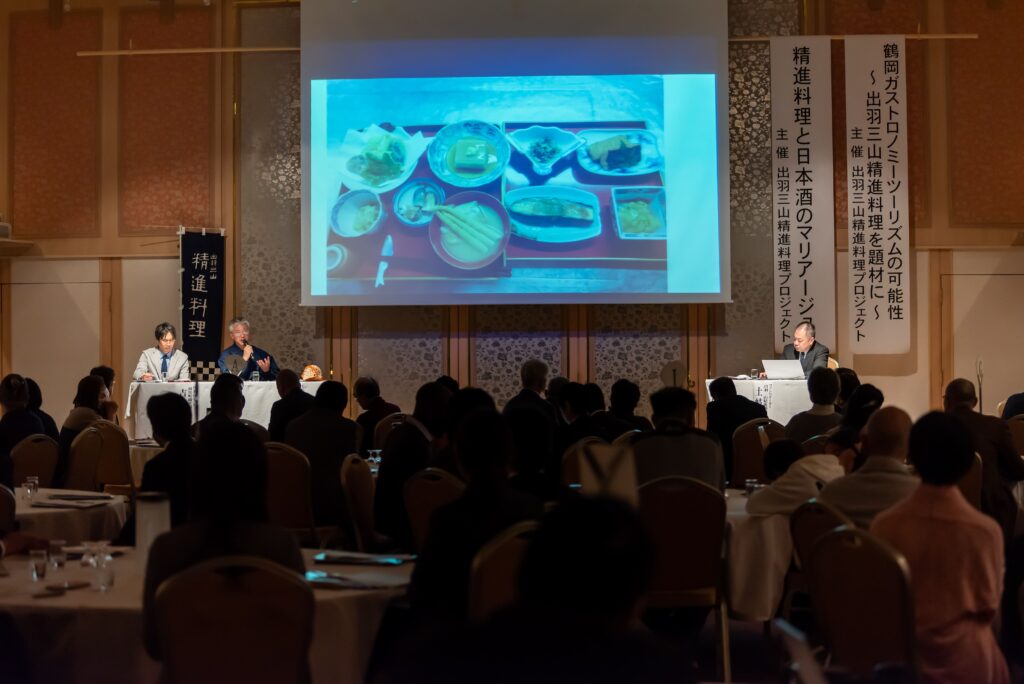
The second part of the event aimed to enhance the value of Shojin Ryori by exploring its pairing with Japanese sake. Following Mr. Toki’s explanation of Shojin Ryori, Masao Aisawa, the representative of Takenotsuyu Sake Brewery, which produces the sacred sake of Dewa Sanzan, was invited as a guest. The participants experienced a tasting session where Shojin Ryori representing each season, such as wild vegetables in spring, Gassan bamboo shoots in summer, mushrooms and persimmons in autumn, and winter vegetables in winter, were paired with various types of Japanese sake. Emphasizing culinary diversity, gluten-free products were used in seasonings like miso and soy sauce.
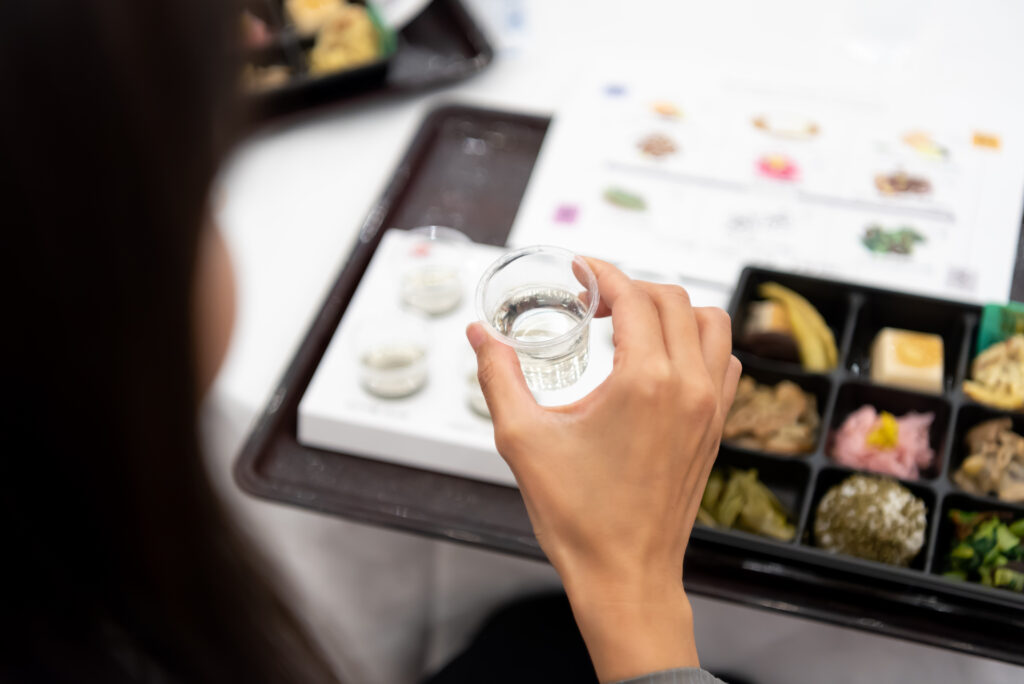
As participants savored the dishes and listened to Mr. Aisawa’s explanations of the paired sake, they expressed surprise at the excellent compatibility and enjoyed the experience of not only tasting with their tongues and eyes but also gaining insights from knowledge and memory. The survey results showed approximately 80% satisfaction, with comments such as “Experiencing mountain ascetic practices and waterfall training in Dewa Sanzan would deepen the meaning of food.” The majority felt that Shojin Ryori, along with its spiritual culture, should be shared and experienced.
Looking forward, the challenge lies in how to promote the marriage of Shojin Ryori and Japanese sake, and how to effectively communicate it. Overcoming this challenge could lead to the birth of a truly unique gastronomic pilgrimage site, creating anticipation among all participants.
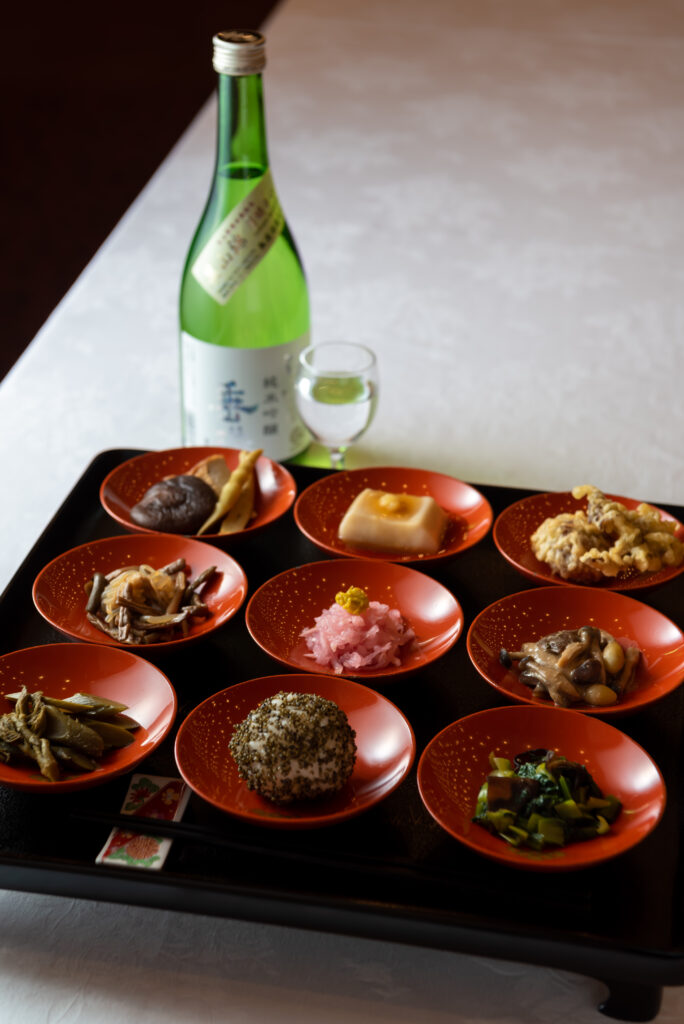
Information
| Delicious Tsuruoka Gourmet Journey | https://www.tsuruokacity.com/lp/gastronomy-tourism/ |
|---|---|
| Related Pages | Dewa Sanzan、 Dewa Sanzan’s Shojin-ryori、 Tamonkan、 Daishinbo、 Ideha Bunka Museum |
